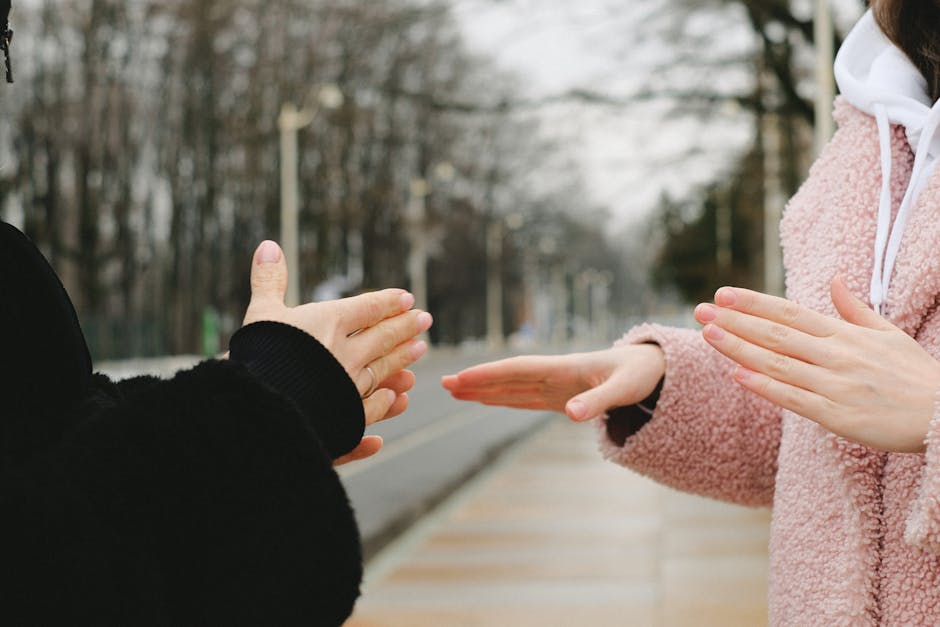
Body Language Indicators
Body Language Indicators
Body language plays a crucial role in communication, often conveying more than spoken words. Understanding common body language indicators can help you interpret nonverbal cues accurately and improve your communication skills.
Facial Expressions
Facial expressions are powerful indicators of emotions. A smile generally signifies happiness or friendliness, while a furrowed brow can suggest confusion or concern. Pay attention to microexpressions, which are brief facial expressions that reveal hidden emotions.
Gestures
Gestures involve the movement of hands, arms, or other parts of the body. They can accentuate speech or convey meaning independently. For example, crossing your arms may indicate defensiveness or disagreement, while a thumbs-up sign signals approval.
Posture
Posture refers to how you hold your body. Slouching can give the impression of laziness or lack of confidence, while standing tall with shoulders back exudes confidence and assertiveness. Pay attention to the posture of others to gauge their level of comfort or discomfort.
Eye Contact
Eye contact is a crucial aspect of nonverbal communication. Maintaining eye contact during a conversation conveys interest and attentiveness, while avoiding eye contact may indicate shyness, discomfort, or dishonesty. However, cultural differences should be considered, as eye contact norms can vary.
Touch
The way we touch or interact physically with others can convey various messages. For example, a firm handshake can indicate confidence and professionalism, while a gentle pat on the back shows affection or support. Pay attention to personal boundaries and cultural sensitivities when it comes to touch.
By understanding these common body language indicators, you can become more effective in interpreting nonverbal cues and improve your communication skills. Remember, body language should always be considered in conjunction with verbal communication to gain a comprehensive understanding of the message being conveyed.
